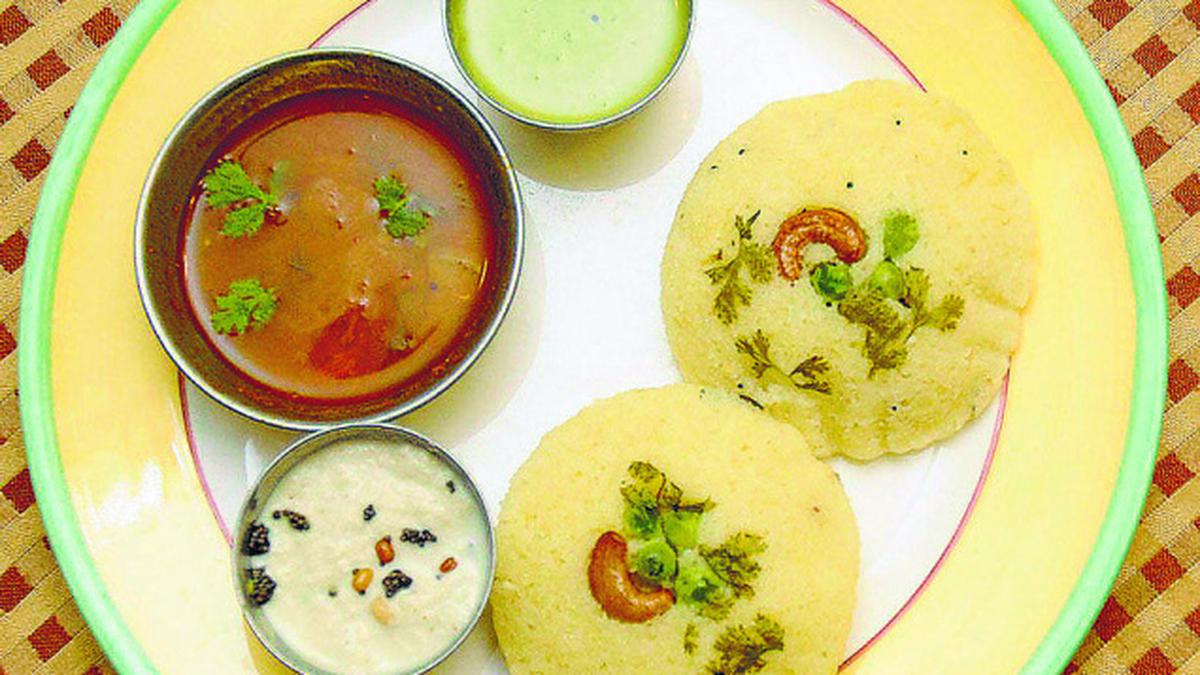
The idli rolls into the limelight on the occasion of World Idli Day on March 30
The Hindu
Celebrate the beloved South Indian staple, idli, with its rich history, diverse variations, and modern makeovers on March 30th.
The idli was right on top of my hate list of food during school days. Once I left my hometown, it was right on top of the list I longed to eat but did not know how to make.
For many Indians, especially from South India, idli is the taste of breakfast at home. It is now going places with a day (March 30) dedicated to the plump, soft comfort food, an everyday staple in many South Indian homes.
Traditionally cooked with a fermented batter made of rice and black lentils, there are several versions of the idli in South India itself.
My mother-in-law who had her roots in Kollam district used to mix green chilli and ginger in the dough. She used to say that in her childhood, the dough was poured into a mould lined with leaves of the Portia tree.
Then there is the famous Ramassery idli made in a village in Palakkad that has now become a culinary delight. Flatter than the standard idli, the soft Ramassery idli is served with potato stew, chutney and podi. Made by a community of weavers who migrated from Tamil Nadu, they started making the idli as an alternate means of income when demand for handwoven cloth declined.
Where did the idli come from? The assumption is that Tamil Nadu is the home of the idli but Karnataka also claims it as its own. However, food historians and anthropologists believe that the idli may have come from Indonesia where something similar called kedli is still made. Whatever the origin of the idli, at present, the idli is very much Indian.
In Tamil Nadu, there is the famous spicy Kanchipuram idli and the malligai poo idli, which got renamed as the Kushboo idli. A quick google search revealed that sabudana (sago) is used in the dough to make the idli fluffier than the usual ones. Each region has its own proportions in which the rice and lentils are to be mixed and each will swear theirs is the best.

In a breathtaking display of musical prowess, the Singspirations, a Tiruchi-based choir group, in collaboration with the Glauben Ensemble and the Genesis Chamber Orchestra, presented a sublime performance of Wolfgang Amadeus Mozart’s Requiem in D minor, K. 626, in its entirety, mesmerising audiences.












